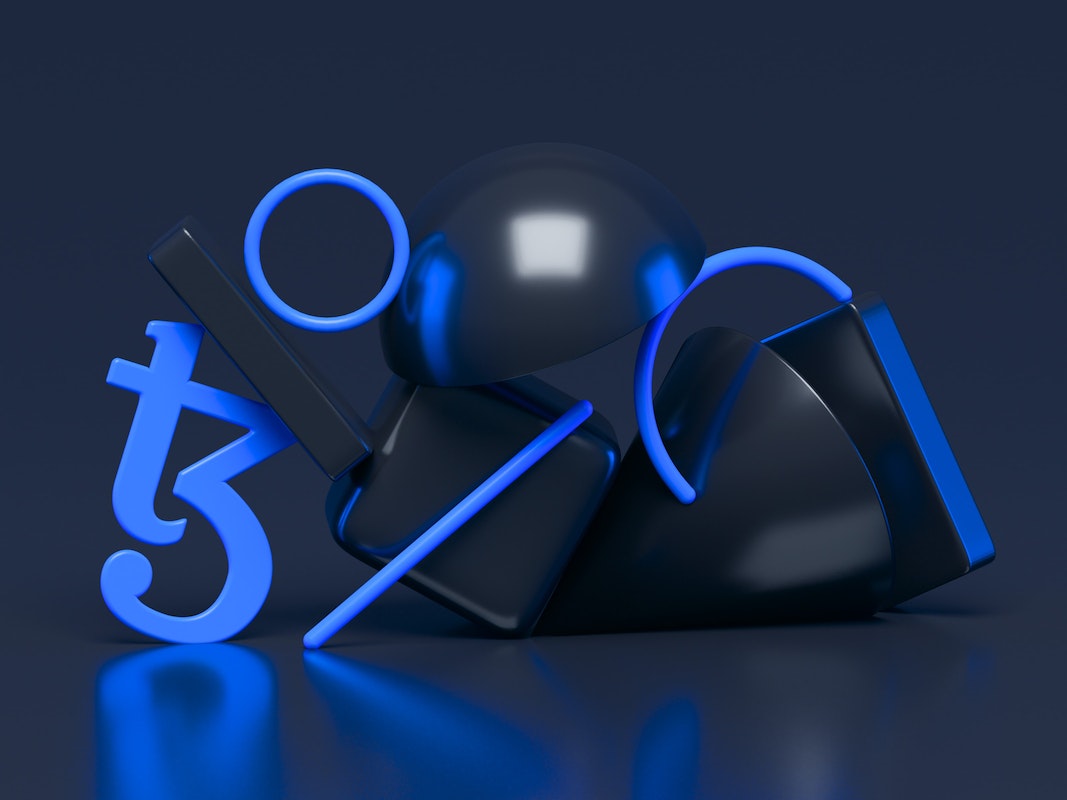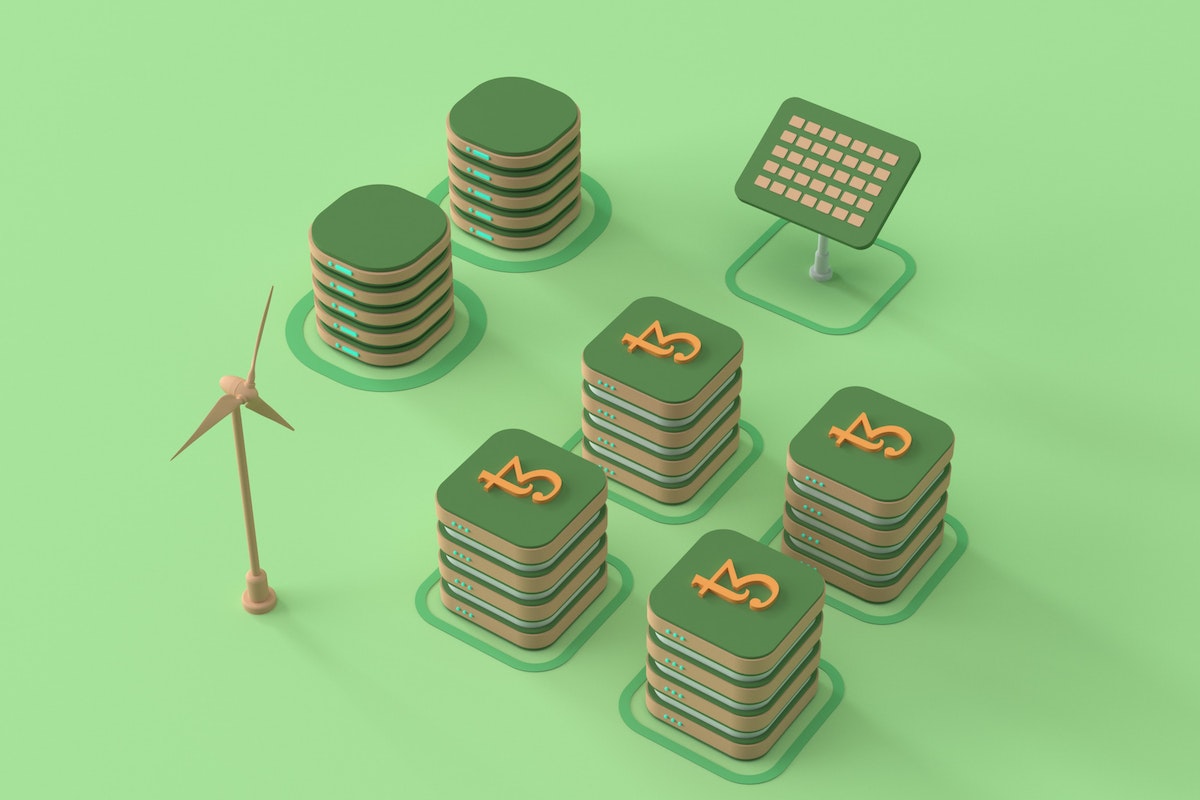NFTs 101: Introduction to Non-Fungible Tokens
14/05/2022
What are non-fungible tokens? This is a question that many people have been asking lately, as this new type of token is starting to gain traction in the world of cryptocurrencies.
This post will provide a basic introduction to NFTs and explain what makes them different from traditional fungible tokens. Stay tuned for future posts in which we will go into more detail about specific aspects of NFTs.
What is an NFT?

NFTs are digital assets that can be bought and sold on various exchange marketplaces. NFT stands for “non-fungible token,” and that non-fungibility is a key aspect of this unique kind of asset.
So what in the world is non-fungibility?
In simple terms, an asset (such as a coin or currency) is fungible if each asset has equal value. For example, dollars are fungible. If you give me a dollar and I give you a different dollar, it’s considered an even trade because every dollar has an equal value.
Unlike currency, however, NFTs are non-fungible. Every NFT is unique and has its own unique value. They cannot be traded on an equal basis.
As digital assets, NFTs can represent just about anything. For example, an NFT could represent a song, a video, a piece of artwork, or even a tweet. The word “represent” has a significant meaning in this context.
Let’s imagine you purchase an NFT from Opensea, the largest NFT marketplace, in exchange for a JPEG. The JPEG is not what you’re paying for, but rather the token, which may include the rights to the artwork or the information included within it. You will be issued a digital ownership certificate that will be publicly verifiable on the blockchain.
What distinguishes NFTs from cryptocurrency?
Cryptocurrency is used in a manner similar to traditional currencies. You can use it to buy goods and services. You can also invest in a cryptocurrency.
NFTs, on the other hand, are not a type of currency, but they are unique digital assets. To understand this, consider one common type of NFT, digital artwork. Like traditional artwork, every piece of digital artwork is unique and has its own value. You cannot buy anything with it, although you can sell it if you choose.
One of the most common ways to obtain an NFT is by paying for it with cryptocurrency. Once you buy the NFT, it is yours to do with as you please. The value of any given NFT fluctuates based on its rarity and other factors, so many people will buy NFTs in hopes of selling them when their value goes up.
Properties of NFTs

Uniqueness
NFTs rely heavily on their uniqueness. In order to distinguish NFTs from other cryptographic tokens, the code contains information illustrating its characteristics in great detail.
The uniqueness of NFTs makes them ideal as digital collectibles. It also means that every NFT has a different value. Even NFTs from the same collection have different monetary values based on their differing features.
Traceability
An NFT’s on-chain documentation contains all of the details about that particular NFT. This includes information about its origins and past ownership. This information is publicly available on the blockchain.
As a result, it is simple to confirm the legitimacy of NFTs. If there is any question about the authenticity of a given CyberPunk, for example, anyone can confirm that it is authentic by examining the blockchain record.
This feature is an excellent safeguard against forgeries. It also provides clear proof of ownership.
Indivisible
Indivisibility is yet another key feature of NFTs. Just as you can’t divide a piece of artwork and then sell it in pieces, so too you cannot divide an NFT.
However, some NFTs are now offered as fractional NFTs. This allows multiple people to claim a small amount of ownership of an NFT. The advantage of fractional NFTs is that it allows people to invest in NFTs that might otherwise be unaffordable.
Rarity
The value of an NFT is tied to its rarity. Rarer types of NFTs make them more desirable for buyers and therefore more valuable.
Many NFT creators limit the number of NFTs in a collection. The CyberPunks collection, for example, contains only 10,000 NFTs. Because of the limited number of NFTs in this highly sought-after collection, each NFT is extremely valuable.
How are NFTs used?
NFTs can be used to represent just about any kind of asset you can imagine. From digital art to games to actual physical objects, there seems to be no limit to the ways NFTs can be used. Here are some of the more common applications:
- Digital material is the most common application for NFTs today. NFTs benefit content creators because they create a “creator economy” in which content creators hand over ownership of their content to the platforms they use to promote their work.
- NFTs are used as avatars, skins, and items in online games. Blockchain-based games are a popular way to not only have fun but also to acquire or invest in NFTs. Many games now feature NFTs that can be purchased in-game and are an essential part of playing the game.
- Loans: NFTs and DeFi (Decentralized Finance) both use the same infrastructure. With the help of DeFi programs, you can get a loan. It may one day be possible to use NFTs as collateral for a loan.
- Domain Names – NFTs give your domain a more recognizable name. As a website domain name, this makes the IP address more memorable and valuable, mainly depending on the number of characters it contains and the relevancy of the domain name.
Examples of NFTs
CryptoPunks
NFT project CryptoPunks has been around since 2017 and is one of the early profile picture (PFP) series. This collection of 10,000 24×24 pixel photos of “punks” was made by Larva Labs, a development studio. The attributes of each Punk were generated at random.
CryptoPunks, which were once available for free, are now fetching astronomical prices. At the time of this writing, the cheapest punks sell for six-figure sums, while the most sought-after punks, such as aliens, apes, and zombies, fetch millions.
Bored Ape Yacht Club
This is a set of NFT avatars similar to CryptoPunks, but in this case featuring aloof-looking monkeys instead of punks. There are tens of thousands of them, each with a unique set of attributes generated at random. The Bored Ape Yacht Club has a vibrant online community as well.
It is possible to get more NFTs, such as the Mutant Ape Yacht Club and the Bored Ape Kennel Club, if you already own the NFT Bored Ape. Owning a Bored Ape is kind of like a membership to an exclusive club with unique privileges.
Conclusion
A lot of attention is currently being paid to NFTs in terms of art, gaming, and crypto-collectibles. More and more well-known brands are granting permission for their material to be used in NFTs.
With their wide range of prospective uses, including as tickets, video game assets, music, movies, and copyright and intellectual property protections, we expect the popularity of these fascinating digital assets to continue to grow long into the future.
Chat with the expert NFT promoters and marketers at Mooning
Sure, all the examples of NFT promotions we listed are from global brands with endless coin to throw at their campaigns. But you really don’t need a crazy-high budget to see some seriously incredible outcomes – as long as you know the delicate intricacies of building a killer NFT marketing strategy!
If not, no worries – Mooning is here to take care of everything for you and make sure you see the most amazing ROI you’ve ever seen before. Our team has the knowledge and experience to promote your NFTs in order to deliver maximum awareness and interest, driving the sales prices up sky-high and beyond.
We provide a full suite of expert NFT marketing services and go above and beyond for every one of our clients to ensure only the best results. Our team will help with everything from minting, listing and selling, NFT creator sourcing, community management and campaign conceptualisation.
So get in touch with us now on 1300 818 435 or message us online.





